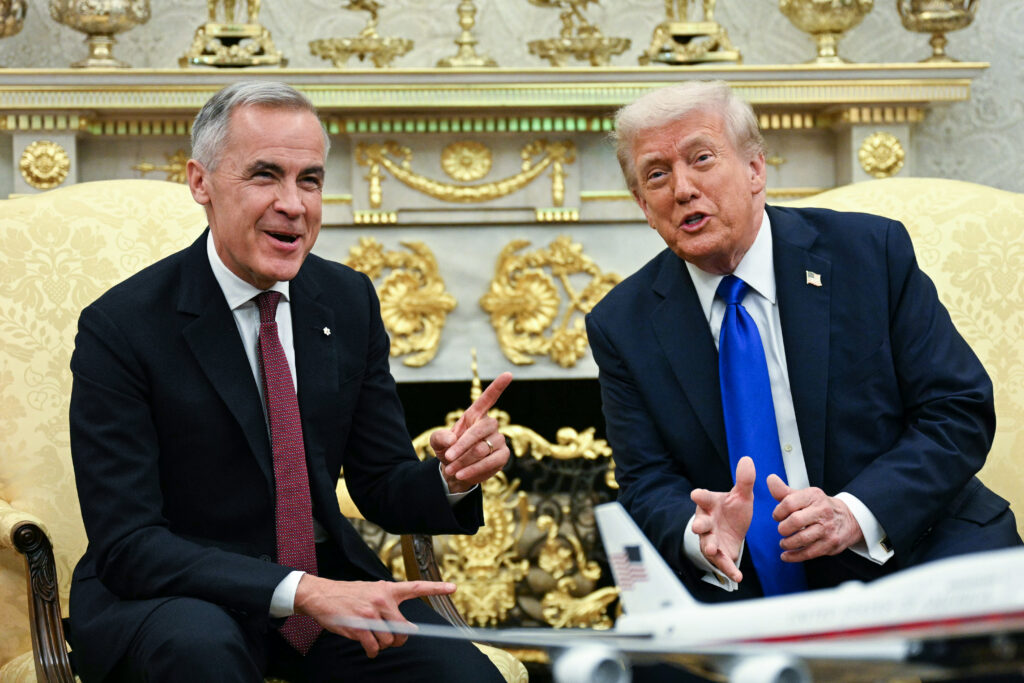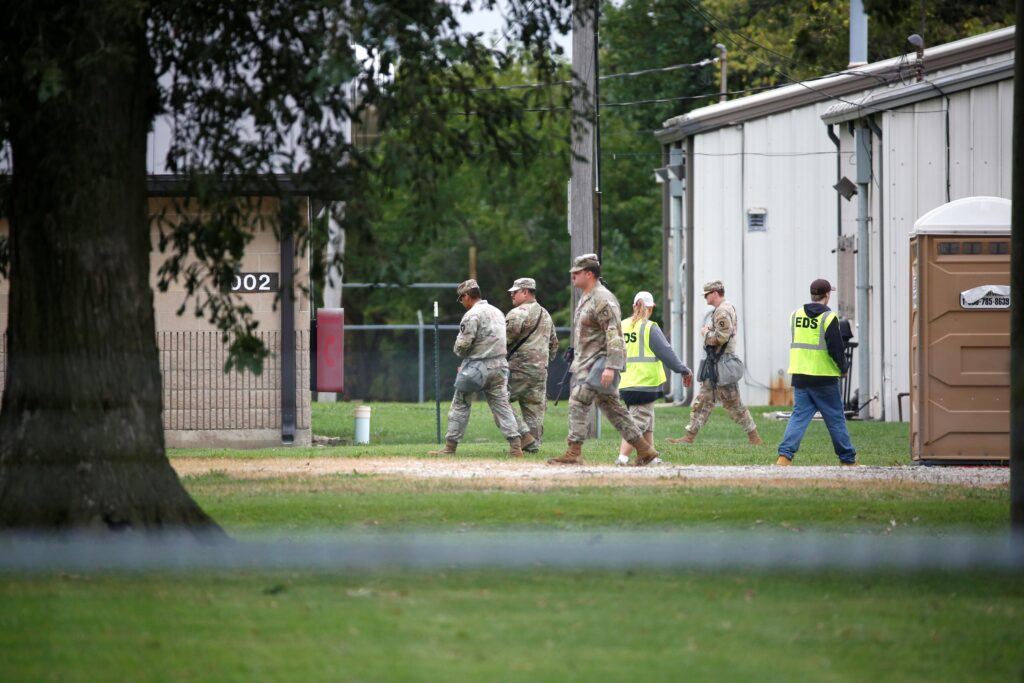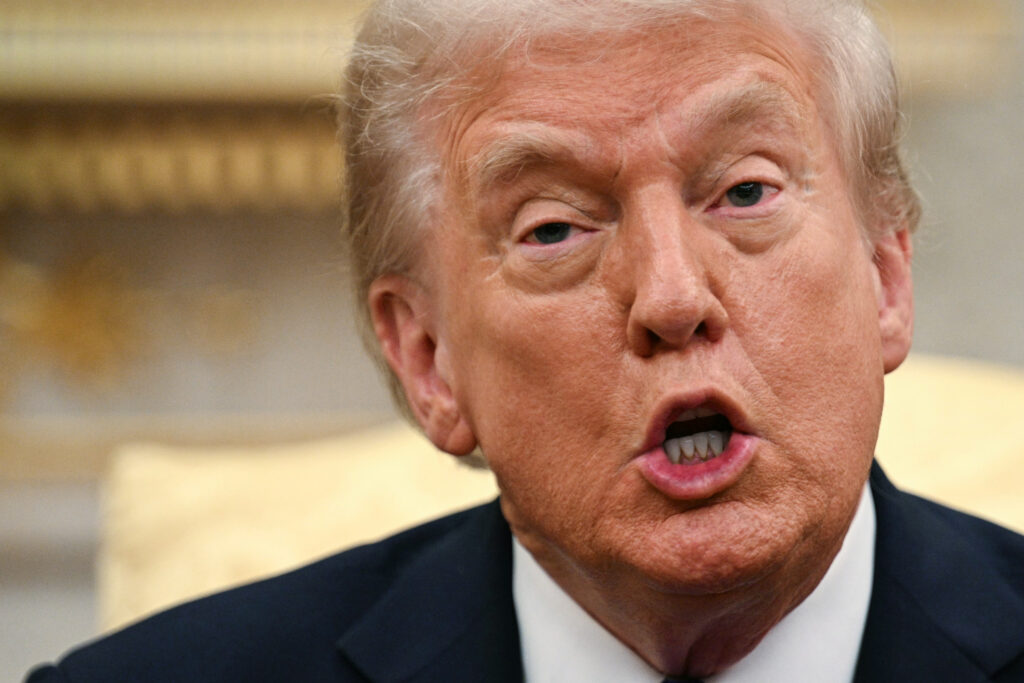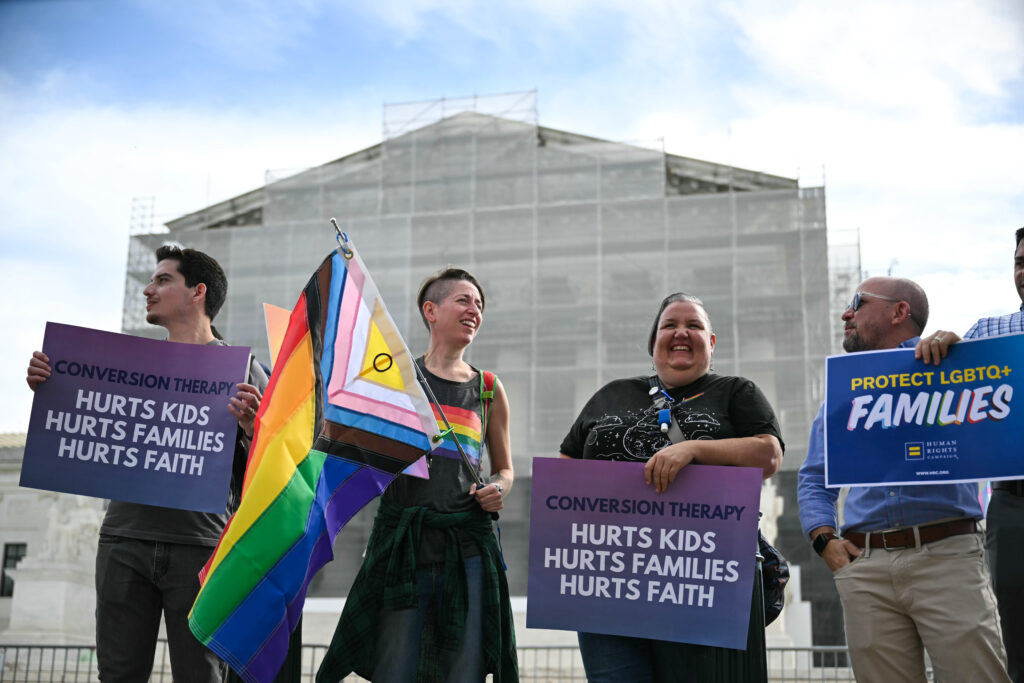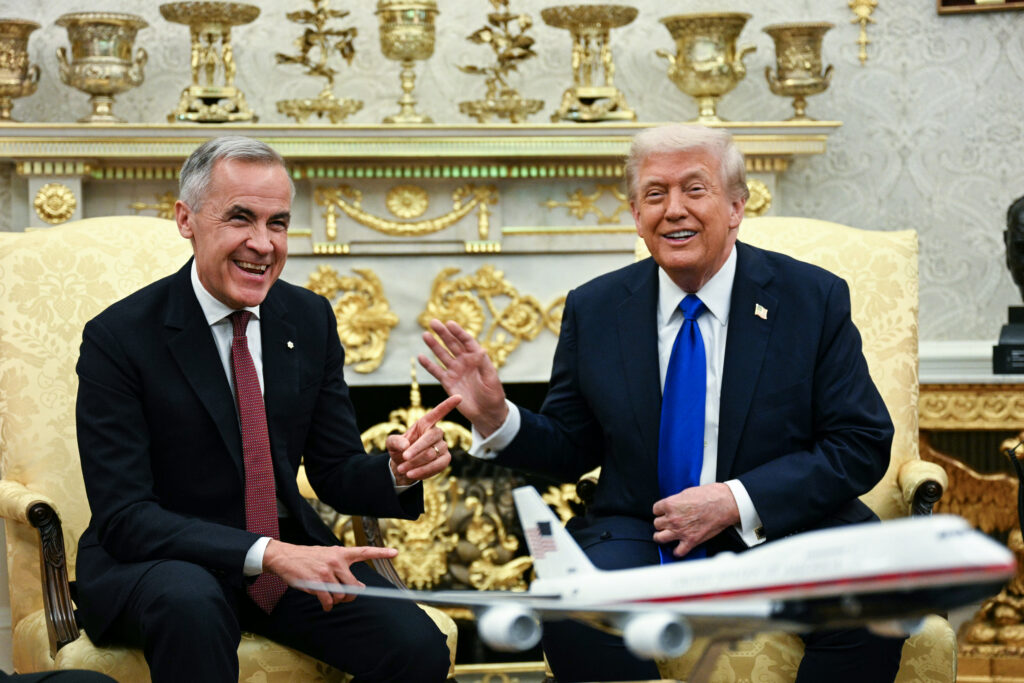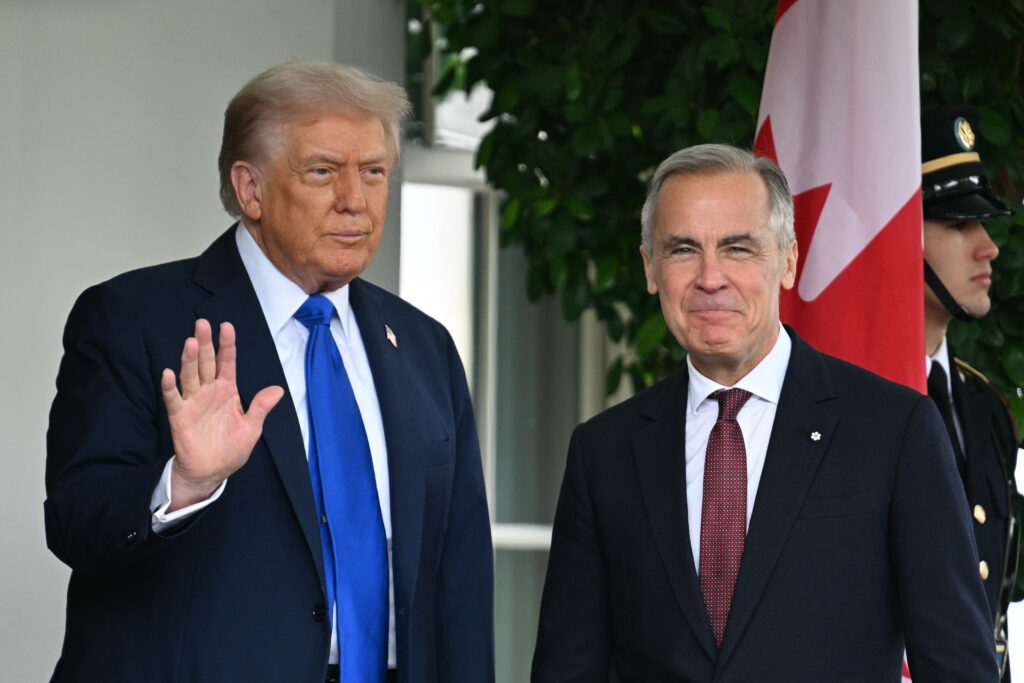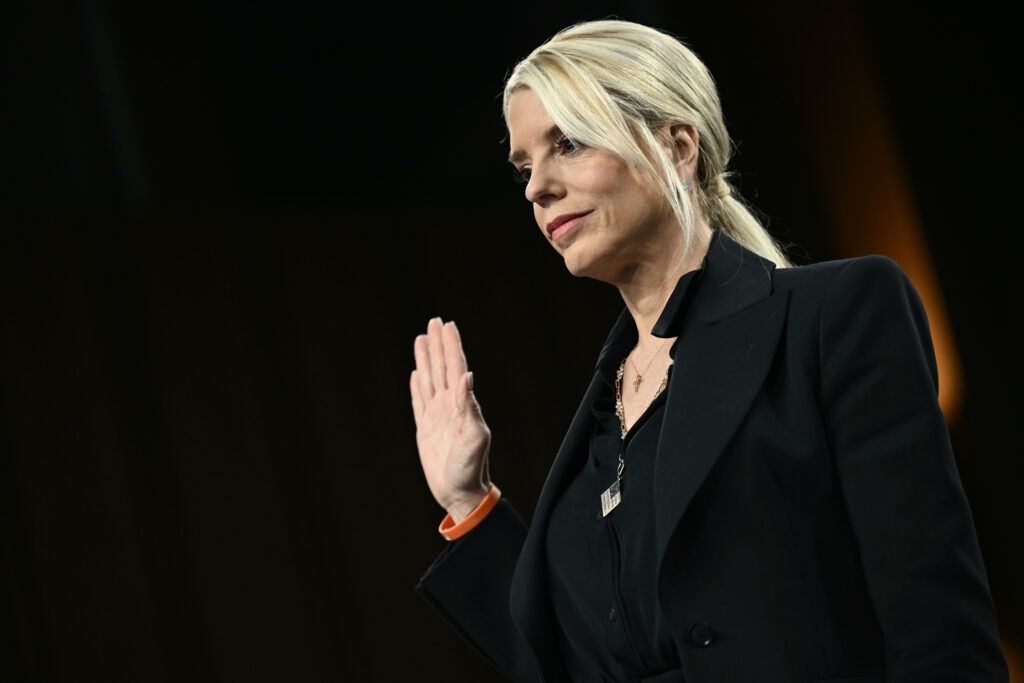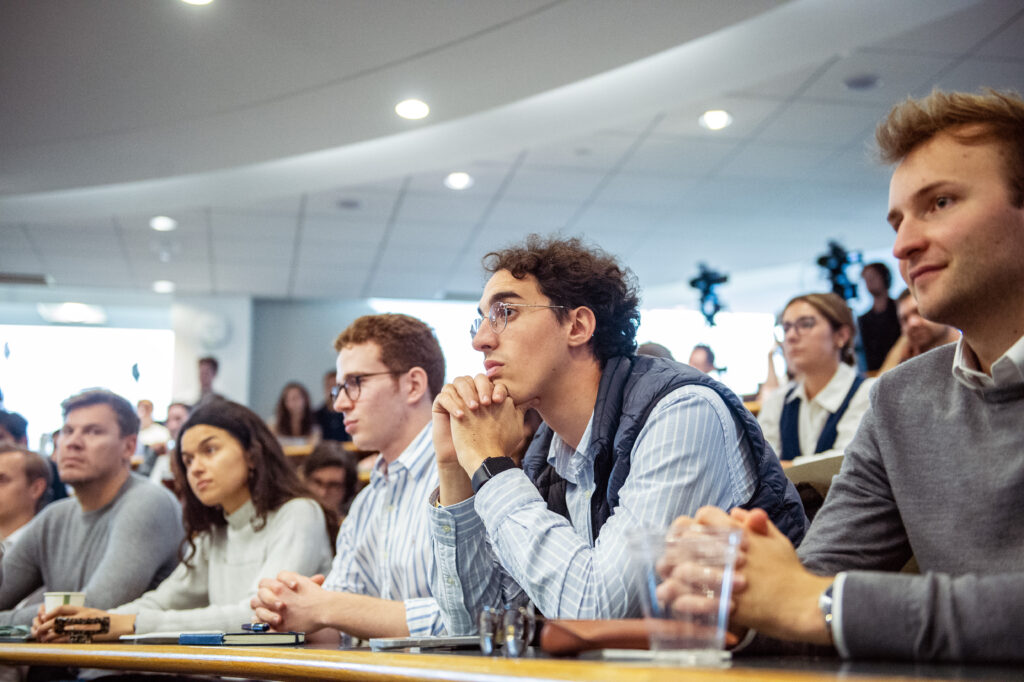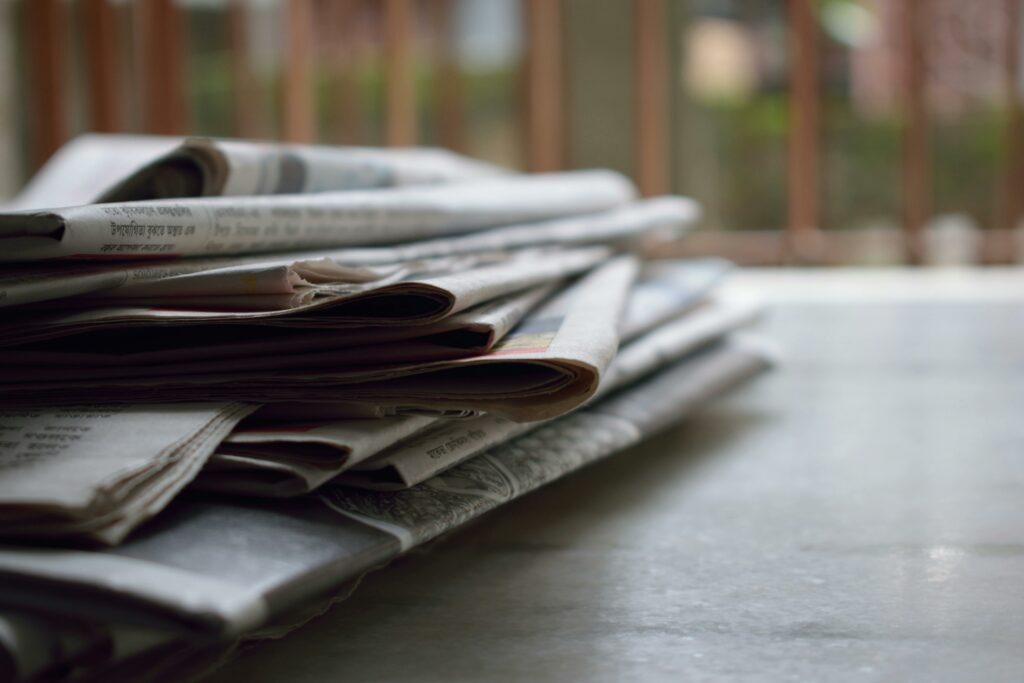Trump talks up Canada trade deal chances with ‘world-class’ Carney
President Donald Trump said Canadian Prime Minister Mark Carney would be “very happy” after their trade talks at the White House Tuesday, but offered no immediate concessions on lifting steep US tariffs.Striking a friendly tone in the Oval Office, Trump praised Carney as a “world-class leader” adding that the former central banker was a “nice man” who can also be “very nasty.”But Carney, who faced pressure at home to get a deal during his second White House visit since taking power in April, left without any firm promises that tariffs would be lifted.”I think they’re going to walk away very happy,” Trump told reporters, saying that there was “natural conflict” between the two economies, but that they had “come a long way over the last few months.” Carney said he was confident that Canada would “get the right deal” from the United States, his country’s main economic partner.The pair also shared a series of light-hearted moments, even laughing as Trump joked about a Canadian “merger” in a reference to his previous calls for Canada to become the 51st US state.Despite the jovial tone, Trump and Carney studiously avoided giving any precise details on how they might ease US tariffs on lumber, aluminum, steel and automobiles. On Monday, the US president announced 25 percent tariffs on all imported heavy trucks starting November 1.A statement from Carney after the visit indicated there had been little firm agreement, saying only that both leaders recognized there were areas for competition and others where they could work together. “We’re focused on building these new opportunities,” he said on X.- ‘Broken promises’ -The 60-year-old Carney entered politics less than a year ago after campaigning on his extensive crisis management experience as a way of countering Trump’s tariffs and annexation threats.But while the vast majority of Canada’s trade remains protected by the USMCA, a free-trade agreement between the United States, Canada and Mexico, Trump has called for revisions when it comes up for renegotiation soon.Seventy-five percent of Canada’s exports are sold across its southern border. Canada saw its GDP decline by 1.5 percent in the second quarter, adding to the economic pressure.Before the visit, Canada’s opposition heaped pressure on Carney, as the country is the last major US ally not to seal a deal with Washington.”If you return with excuses, broken promises and photo ops, you will have failed our workers, our businesses and our country,” conservative opposition leader Pierre Poilievre wrote in an open letter to Carney on Monday.Carney faces particular criticism for making concessions to Trump while getting little in return.At the end of June, Carney canceled a tax targeting American tech giants under pressure from Trump, who called it outrageous. He also lifted many of the tariffs imposed by the previous government. “Mark Carney has no choice, he must return from Washington with progress,” said Daniel Beland, a political scientist at McGill University in Montreal, pointing to the steel and aluminum tariffs as key areas.But Carney at least seemed to have negotiated the hurdle of an Oval Office visit for a second time — one that has caused stumbles for previous visitors like Ukraine’s Volodymyr Zelensky.”These meetings can easily go off track, and everything plays out publicly,” said Genevieve Tellier, a political scientist at the University of Ottawa.
